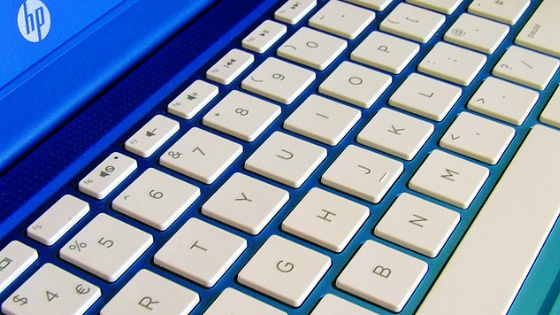One way to free up space and make your computer faster is to clean temporary files and old Windows 10 updates. Constant use of the PC and the Internet causes these files to take up space on the hard drive, affecting overall machine performance.
With simple system tool tips, you can improve PC or notebook performance without installing third-party programs. In this tutorial, learn five ways to free up space on your hard drive and turn off features that can slow down Windows 10. The tips can be adapted to other versions of the Microsoft system.

1. Perform a disk cleanup
Step 1. Open the File Explorer on the computer, and then right-click on the hard drive to access the “Properties” option;
Step 2. Press the “Disk Cleanup” option;
Step 3. To free up disk space, check the files that will be deleted and start cleaning by pressing the “Ok” button.
2. Clear the browsing data
To reduce the amount of unnecessary data on your PC, open your Internet browser (Chrome, Firefox, Opera, Edge) and hit “Ctrl + Shift + Del” on the keyboard. Under “Advanced,” check the options for browsing history, download history, images, and cached files. Then press “Clear Data” to perform the browser cleaning.
3. Clean the system files
Step 1. To clean up system files that are taking up extra space on the PC, such as copies of Windows Update updates, right-click on the disk and go to the “Properties“;
Step 2. Press the “Disk Clean” button. In the new window, press the “Clean system files” option;
Step 3. Mark the files that will be deleted and confirm the cleaning in “Ok”.
4. Disable Hibernation
The hibernation is a power-saving mode that saves the files and programs used on the hard disk, allowing the user to turn off the PC and continue their work after the point where it stopped. Although useful, especially for notebooks, the function takes up space in the HD.
Step 1. To disable hibernation mode in Windows 10, open the Start menu and type “cmd” without the quotation marks. Then press the “Run as administrator” option to open the Command Prompt;
Step 2. At the Command Prompt, type “powercfg.exe/hibernate off” (without quotation marks) and press “Enter” to disable hibernate mode. To reactivate it, simply enter the code “powercfg.exe/hibernate on” and hit “Enter“.
5. Customize the Recycle Bin
Files sent to the recycle bin are not automatically deleted from the computer. They stay there, taking up space on the HD, until the user empties the bin. One way to have control over these files is by customizing how much the recycle bin can use from your disk.
Step 1. Open File Explorer and look for the Trash icon in the left column. Right-click on the Recycle Bin and press the “Properties” options;
Step 3. Under “Custom Size” enter the value you want to use. By default, the Recycle Bin uses 5% of the C: hard disk space and you can expand to 10%. The option below allows disabling the recycle bin and configuring the PC to automatically delete any file that is deleted by the user.
